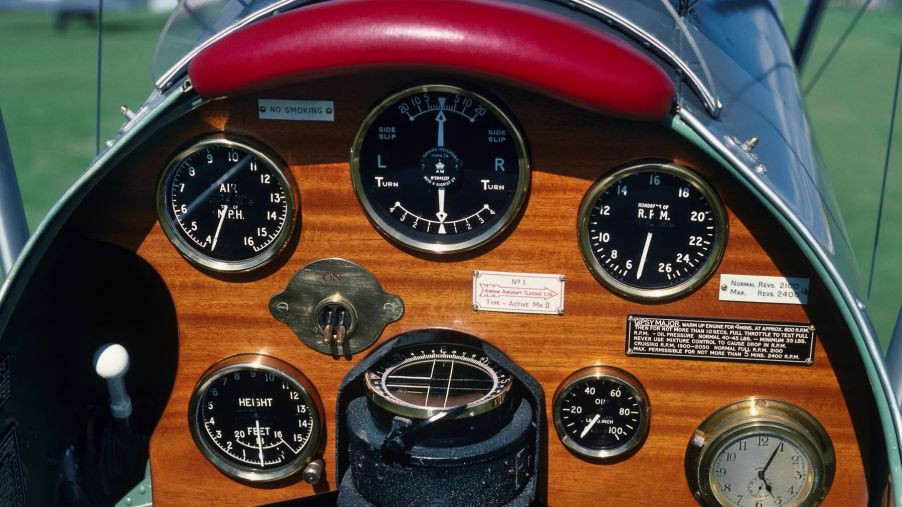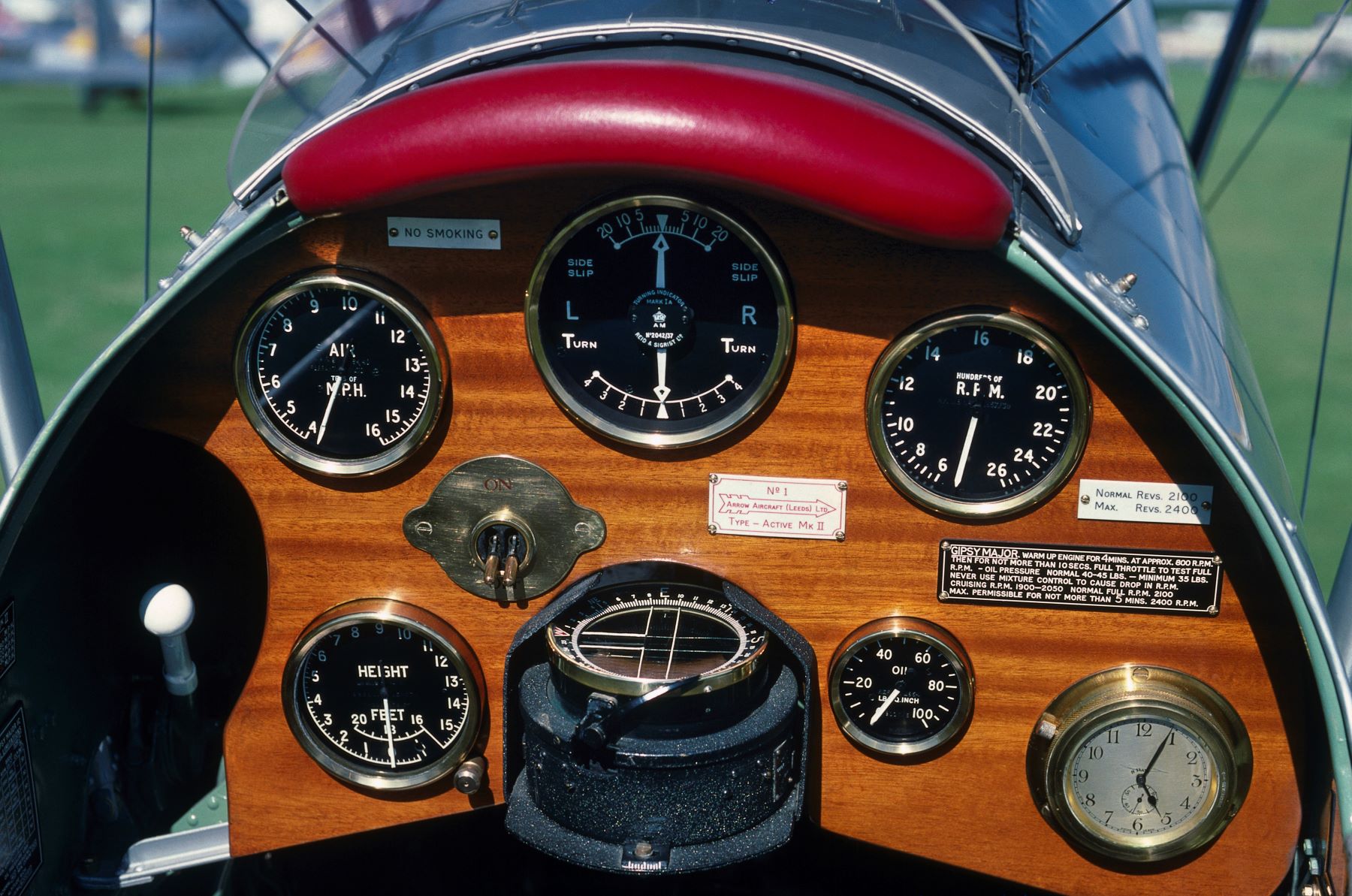
What Does RPM Stand For?
When you’re looking at new cars and thumbing through the available features, amenities, and window sticker details, there are a lot of acronyms. You’ll recognize most of them, like MSRP, ABS, TRAC, and APR. However, there are likely a few terms that you might not be too clear on identifying. They’re familiar because you see them all the time. However, it’s not quite clear what they mean or how they really differ between models.
For example, when looking into a vehicle’s performance capability, you’ll see terms about horsepower, torque, and RPMs. So, what exactly are RPMs, and what does rpm stand for? Here’s the complete breakdown of what rpm means and how it relates to the vehicle’s capability. It will be helpful as you decide which model to buy.
What RPM stands for

Let’s start with the basics. When you see descriptions outlining RPMs, the term refers to revolutions per minute. As iSeeCars explains, it represents the number of times the engine’s crankshaft can make a complete rotation within a 60-second timeframe. From the driver’s seat, you can monitor the car’s revolutions per minute, usually in the dash tachometer within your gauge cluster.
A more in-depth breakdown of how RPM affects your driving
Ok, but what are revolutions per minute, really? How do they affect the performance of the car? Additionally, when you monitor them while driving, how can you tap into the most optimum performance? Nexstar explains that RPMs measure the speed of the engine, and RPMs help you calculate horsepower. The precise calculation example of determining a car’s horsepower is “Torque x RPM divided by 5252.”
Cars says to be mindful that an engine won’t always achieve its highest power at the highest RPM. In most cases, a car’s engine specs will indicate the peak horsepower with the ideal RPMs following. So, on the window sticker or feature listing, it might read, “250 hp @ 5,600 RPMs.”
Torque comes into play, too, but usually at lower revolutions per minute. Because torque measures the “twisting force” of the engine, and typically when you first punch the gas, the RPMs will be lower. For any models with supercharged engines or turbocharged engines, you might see a torque figure followed by a range of ideal RPMs, like 270 lb-ft @ 1,600-4,200 RPMs.
What a rev limiter is
When you accelerate your car’s engine, there is such thing as too much. Without shifting gears, a revving vehicle will eventually hit a max redline. When you reach that limit, your gauges will indicate you’re in the “red” and dangerously close to risky operating conditions. It’s a common misconception, in part because of all the intense driving scenes in movies, to think driving in the red provides maximum power. However, doing so will only lead to potential engine damage among the pistons or bearings.
To avoid these risky maneuvers and inadvertently redlining your revolutions per minute, most modern cars come outfitted with revolution limiters or rev limiters. These mechanisms are in place to prevent a vehicle’s engine from revving too high before shifting gears.
A rev limiter can also improve the driving dynamics of a car, too. Higher RPMs do tend to translate to more power. But there are performance benefits at lower RPMs, especially with turbocharged engines. You can expect more flexible and responsive handling at lower speeds with proper regulation of the RPMs.
Now that you have a more transparent and better understanding of RPMs, what the term means and how it applies to a car’s engine performance, you can be more confident in reading stats and window stickers. And you’ll feel a little more empowered to make a great car purchasing decision.


